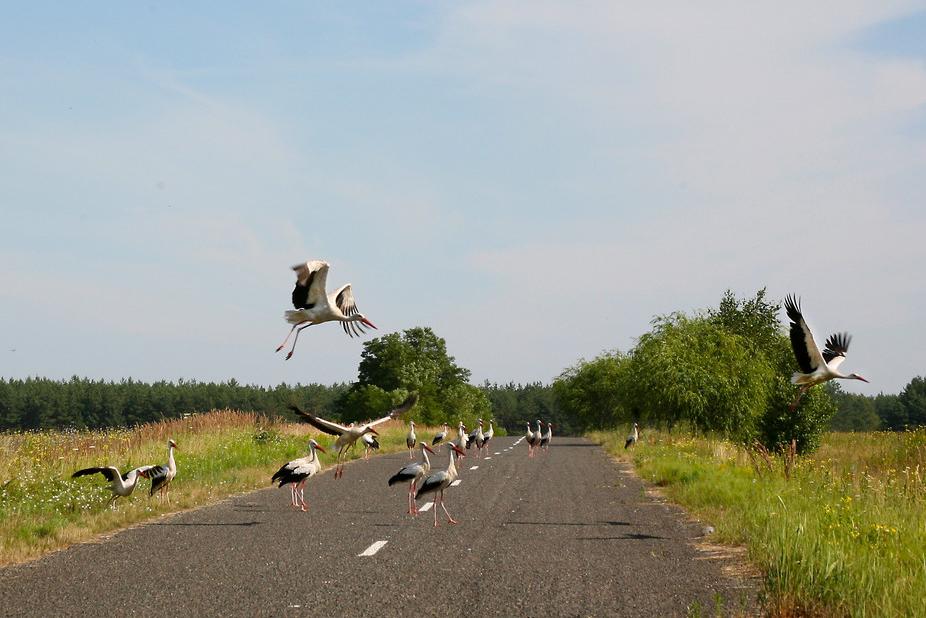The largest nuclear disaster in history occurred 30 years ago at the Chernobyl Nuclear Power Plant in what was then the Soviet Union. The meltdown, explosions, and nuclear fire that burned for 10 days injected enormous quantities of radioactivity into the atmosphere and contaminated vast areas of Europe and Eurasia. The International Atomic Energy Agency (IAEA) estimates that Chernobyl released 400 times more radioactivity into the atmosphere than the bomb dropped on Hiroshima in 1945.
Radioactive cesium from Chernobyl can still be detected in some food products today. And in parts of central, eastern, and northern Europe many animals, plants, and mushrooms still contain so much radioactivity that they are unsafe for human consumption.

A visitor touring the former Chernobyl nuclear power plant takes a photo through a window looking towards facilities that house reactors 1 and 2 near Chernobyl, Ukraine, on Sept. 29, 2015. Sean Gallup/Getty Images
